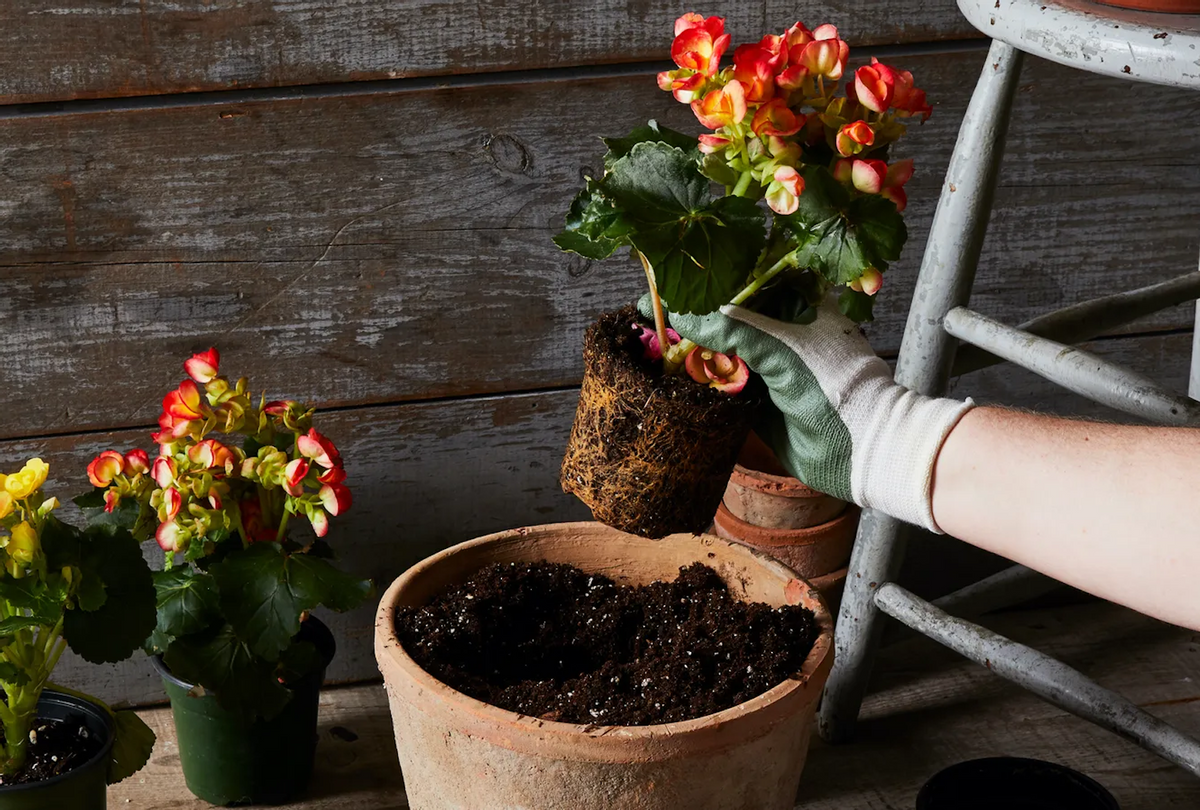Even the best cared-for yard can look a little worn by the end of the summer when many plants are covered with powdery mildew, a widespread and easily identified plant disease (for reassurance, it does not kill the plant, it's just unsightly). Planting some fall-blooming flowers for a fresh look is a perfect remedy to perk up your yard.
Fall is also the time to plant spring-blooming bulbs that provide the color splashes we crave after a long winter.
* * *
Instant gratification: fall-blooming flowers
The obvious fall bloomers are the ubiquitous mums.There are so many varieties that it's hard to make a choice. Plant size and color are not the only distinguishing features, in fact, the National Chrysanthemum Society divides mums into 13 classes of bloom forms.
If you want something more unusual, look for spoon mums, quilled mums, or spider mums. You can plant mums in containers, hanging baskets, or in garden soil. Don't expect them to stick around, though. If it pains you to throw out the mums after their bloom — which is the usual fate of all those potted mums — consider planting hardy mums, also called garden mums, in the spring so they develop a good root system.
Pansies, just like mums, are cool-season bloomers. Although you can plant them in the spring, you get a better bloom if you plant them in late summer to early fall. If your winters are mild, they will bloom until there is a hard frost, and they might even come back and bloom again in the spring.
The other prolific fall bloomers are asters. Instead of an introduced Eurasian or hybrid variety, consider planting native asters such as New England asters (Symphyotrichum novae-angliae), or aromatic asters (Symphyotrichum oblongifolium), which give pollinators such as bees and butterflies a much needed late-season source of nectar.
Just like mums, asters are best planted in the spring, but you can buy fully grown plants at nurseries or garden centers in the fall. Make sure to plant them promptly so they can get rooted before the weather turns too cold for plant growth.
Eye candy for humans = nectar for pollinators
If providing pollinators with a superfood is just as important to you as aesthetics, goldenrod is another must-have fall-blooming native perennial. There are more than 100 different species to choose from. Just like with asters, what's a native species depends on where you live (you can search for plant species here).
Goldenrod often gets a bad rap because it is associated with allergies. The real culprit, however, is ragweed, which happens to bloom at the same time. The other complaint about goldenrod is that it forms dense clumps that keep spreading. If it's between controlling goldenrod and battling noxious invasive weeds, I'd take the native goldenrod any time.
Among the flowering succulents, Sedum 'Autumn Joy' is a popular, very adaptable, low-maintenance perennial. Its flowers start out bright pink and gradually fade into a copper, rust-like color.
For a more ephemeral fall bloom, there's the autumn crocus (Colchium autumnale). Nurseries ship it in August and they should be planted promptly after arrival. Autumn crocus will bloom the same year, but keep in mind that autumn crocus is toxic, so if children play in your yard or you have pets, it might not be a safe choice.
Another crocus that blooms in the fall is the fall-blooming crocus (Crocus kotschyanus) with white or pale purple flowers. These crocuses are also planted in the late summer and bloom within a few weeks.
And lastly, they're not flowers per se, but very decorative with their ruffled leaves in vibrant colors — flowering kale and ornamental cabbage. They make great compact plants for small spaces or container gardens.
Ahead of the curve: Pick your spring bulbs now
Mail-order nurseries specializing in bulbs are starting to send out their catalogs in late summer. If you have your mind set on a particular spring flower, it's a good idea to pre-order it now before it sells out.
Spring crocuses, tulips, daffodils, hyacinths, irises, and all the other wonderful spring bloomers need to go through a winter chill period in order to bloom. In cooler climates, they need to be planted in the fall before the ground freezes. If you live in a warm climate and would like spring bloomers that require chilling, such as tulips, you can buy bulbs that have been pre-chilled for several months and are shipped for winter planting. There's one caveat though: the summers in locations like Florida are too hot for the bulbs to survive so they are usually a one-season bloomer.




Shares